Punjab to spend $50m to harness tourism potential
A mobile application will also be launched to promote tourism
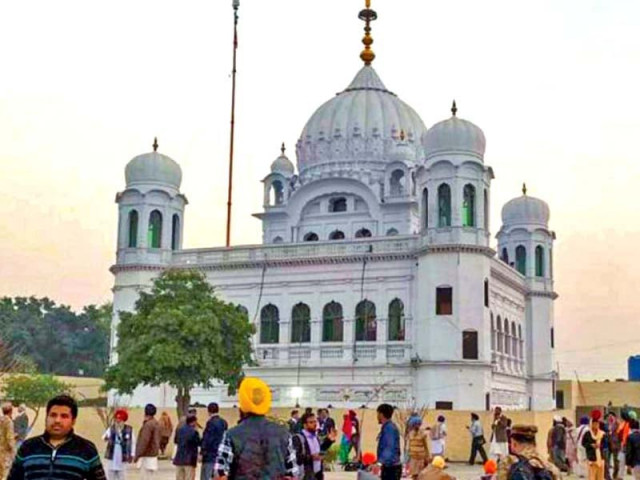
PHOTOS: FILE
In a recent meeting, Punjab Minister for Tourism and Sports Rai Taimoor Bhatti reviewed the PTEG project.
It was decided in the meeting that services of renowned consultants would be hired for restoration and rehabilitation of the birthplace of Nankana Sahib, Darbar Sahib Narowal, Punjab Sahib Hasanabdal, Rori Sahib Gujranwala, Sucha Soda Sheikhupura and Dera Sahib Lahore, besides other religious spots.
Bhatti underlined that Punjab had countless opportunities for religious and historical tourism and it was the government’s priority to promote this sector.
Tourist destination: Pakistan most hospitable nation
The meeting also underscored the need for marketing business ideas, technical support and generating opportunities for jobs at historical places of Punjab.
The meeting also pointed out that soon a mobile application will also be launched for facilitating people and creating awareness regarding facilities being provided by the tourism department Punjab at the places worth visiting.
Improvement of infrastructure and construction of roads at tourist sites were also discussed in the meeting.
As per official tourism policy document, the government has aimed to develop the sector to provide the state-of-the-art tourist services across Punjab, with focus on religious and heritage tourism and other high opportunity segments and mobilise private investment within the tourism sector to contribute to Punjab’s economic growth.
It highlights that the government recognises that with increased access of people, both nationally and internationally, to heritage sites, will, in addition to the economic gains it harvests, pay huge social dividends as well.
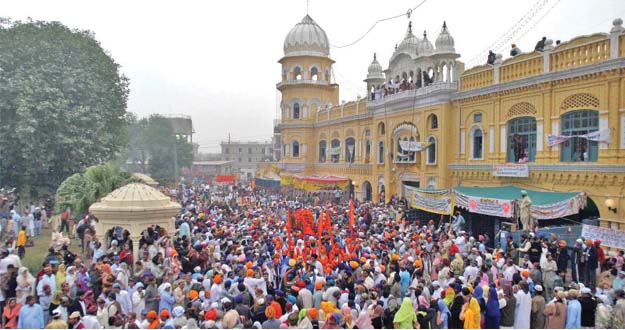
It will help in making Punjab a truly pluralistic, tolerant, culturally confident and vibrant society.
It highlights that Punjab is an ancient land. Five thousand years ago, one of the earliest civilisations known to humankind flourished on the banks of its rivers. Its soil gave birth to Indo-Aryan legends and epics.
Alexander marched through it, the weight of his army leaving marks on the culture of the land.
Great Buddhist kingdoms rose and fell, visible now in the remains of the high seats of learning they created. A young conqueror brought the early light of Islam to be followed by Muslim Turkic rulers from the north.
The greatest of Mughals ruled India from the ramparts of Lahore, while the most just of them lies buried here.
It has seen the creation and disintegration of a Sikh kingdom and it has seen modernity come in the guise of colonialism, opening up its hinterlands through a network of canals and rail-tracks. It has been at the forefront of the struggle to overthrow this yoke and it has eventually tasted the fruits of freedom and democracy.
This relentless ebb and flow of history have woven an immensely rich cultural tapestry, which defines the people of Punjab. It is best reflected in its legends and songs. It colours the message of Guru Nanak, the founder of Sikhism, as it shapes the words of great Muslim Sufis such as Ali Hajveri, Baba Farid Gunjshakar, Mian Mir and many others whose shrines dot the land. These saints, through their message of peace, tolerance and love of humanity, did more for the spread of the eternal message of Islam in the Indian Sub-continent than any army possibly could.
A religion that a majority of Punjabis now carry proudly in their hearts, knowing that theirs is a rich legacy and knowing also that Sikhs, Hindus, Buddhists and Christians all over the world share parts of it.
Pakistan’s landscape is dotted with numerous heritage and religious sites spread across the entire country with six recognised UNESCO World Heritage sites. Three sites in Punjab are categorized as World Heritage sites. These are Rohtas Fort in Jhelum, Lahore Fort and Shalimar Gardens in Lahore and Taxila, near Rawalpindi.
Punjab is uniquely positioned to take advantage of the immense heritage potential and encourage heritage tourism.
Polish travel blogger vows to never give up on Pakistan
The province lies at the heart of the Indus Valley civilization and has various historical sites and monuments, which are of great religious and cultural significance to millions of Sikhs, Buddhists, Hindus and Muslims across the world. Numerous religious and heritage sites in Punjab reflect the diverse and pluralistic tradition of the Indus Valley.
The four main religions of the East have co-existed for centuries in the land of the five rivers. From Muslim shrines to Hindu temples and from Sikh Gurdwaras to Buddhist monasteries all share the same geography and are an integral part of Punjab’s rich and diverse cultural and religious history.
Published in The Express Tribune, September 19th, 2019.

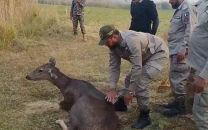
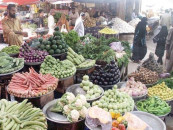
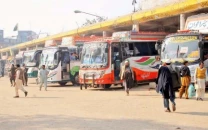















COMMENTS
Comments are moderated and generally will be posted if they are on-topic and not abusive.
For more information, please see our Comments FAQ